The first U.S. moon-landing attempt in more than 50 years appeared unlikely after a private company's spacecraft developed a "critical" fuel leak just hours after Monday's launch.
The NASA-financed robotic lunar lander named Peregrine was launched from Florida. It was designed by and is operated by Pittsburgh-based Astrobotic Technology.
The fuel loss that would interfere with the craft's ability to achieve a sun-facing position so the solar panel couldn't collect enough sunlight and charge its battery.
While the company managed to tilt the spacecraft in the correct direction, aiding in recharging the battery, it might not be sufficient for the scheduled moon landing to take place on Feb 23.
"The team is working to try and stabilize this loss, but given the situation, we have prioritized maximizing the science and data we can capture," Astrobotic said in a statement on its website.
"We are currently assessing what alternative mission profiles may be feasible at this time," it said.
For the Peregrine mission, NASA was the primary customer, paying $108 million to Astrobotic to transport five experiments.
The mission is a crucial milestone in NASA's goal of returning astronauts to the moon, marking the first such mission since the conclusion of the last Apollo mission in December 1972.
Astrobotic aims to be the first private business to successfully land on the moon. Currently, only four countries — the United States, the former Soviet Union, China, and India — have managed to do that.
Peregrine is one of several landers approved by NASA to carry instruments into space. The instruments on Peregrine will help NASA get ready for the Artemis program, aiming for people to stay on the moon for a long time.
"NASA instruments aboard Peregrine will help NASA prepare for the Artemis program's missions to enable a sustained human presence on the moon," Astrobotic said.
The mission also carried a variety of other payloads, including a small rover built by students at Carnegie Mellon University, experiments for the German and Mexican space agencies, and mementos.
NASA and the Canadian Space Agency are planning to send four astronauts to fly around the moon in Artemis II later this year. If it goes well, they aim to land on the moon in Artemis III in 2025.
A second lunar lander, developed by a Houston-based company, is scheduled for launch next month. NASA provided both companies with millions of dollars in funding to construct and conduct missions with their own lunar landers.
"Each success and setback are opportunities to learn and grow," Joel Kearns, deputy associate administrator for exploration at NASA's Science Mission Directorate in Washington, said in a statement about Peregrine. "We will use this lesson to propel our efforts to advance science, exploration, and commercial development of the moon."
The only country that has had a perfect recent record on the moon is China, The New York Times reported. The country has landed spacecraft on the lunar surface successfully three times this century and is getting ready to launch a fourth one to explore the far side of the moon later this year.
NASA officials, according to the Times, are open to accepting more risks to cut costs. Unlike the 1960s moon program, when NASA built its own lunar landers, this time NASA wants private companies to find cost-effective solutions.
The approach could create new opportunities for universities, businesses and space agencies worldwide interested in sending payloads to the moon.












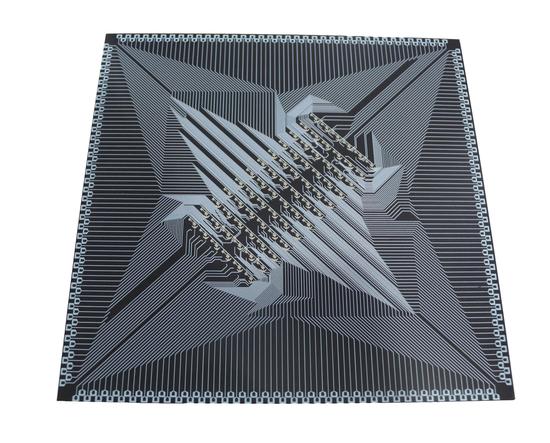









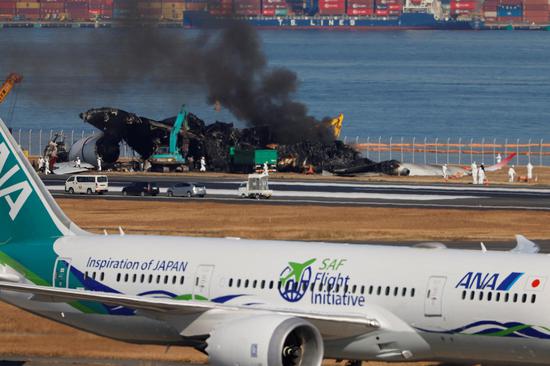

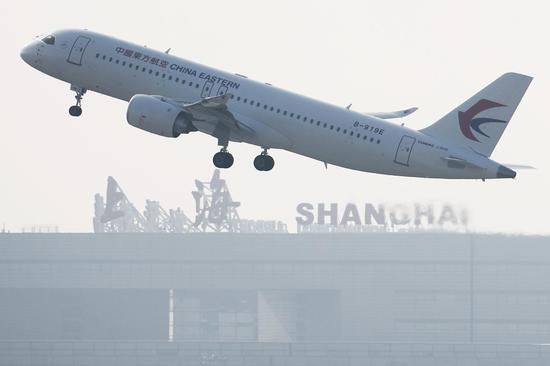









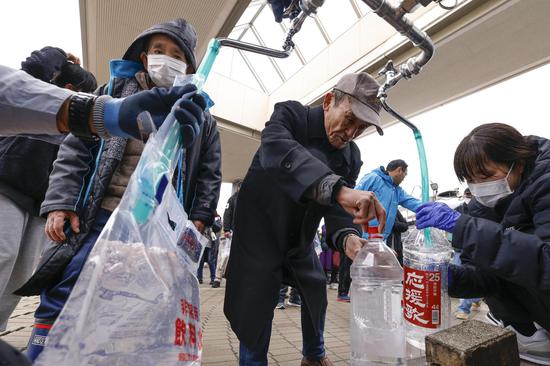
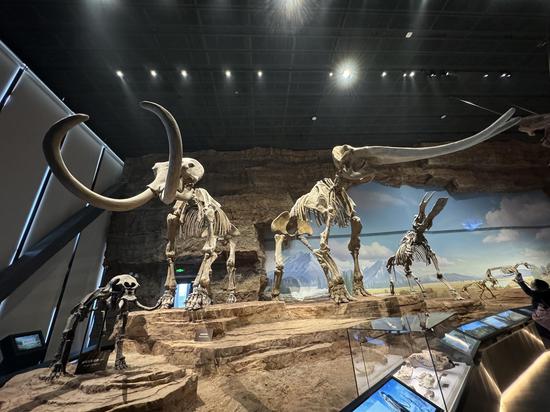


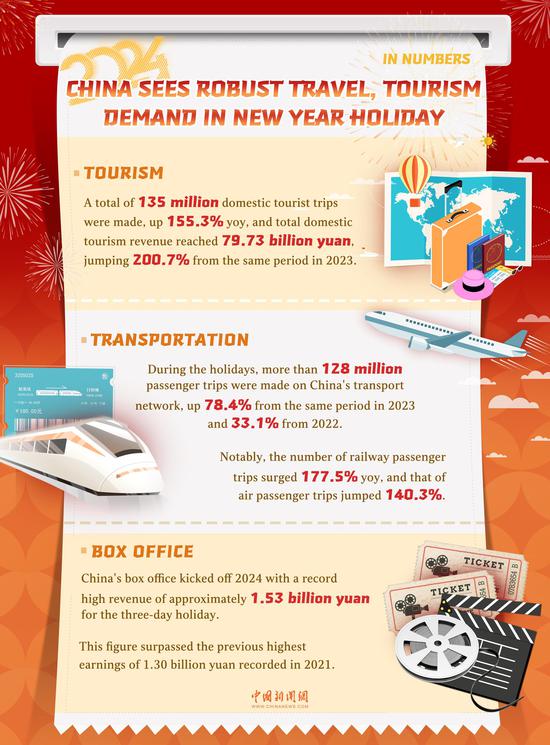


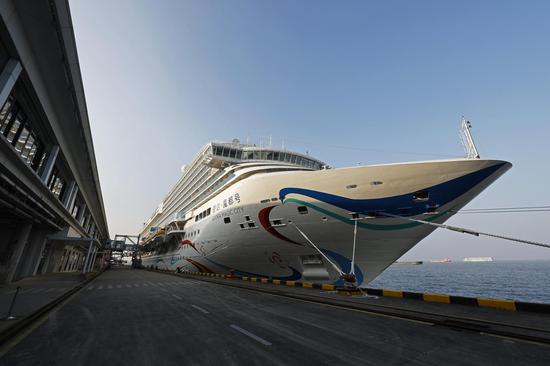








 京公网安备 11010202009201号
京公网安备 11010202009201号